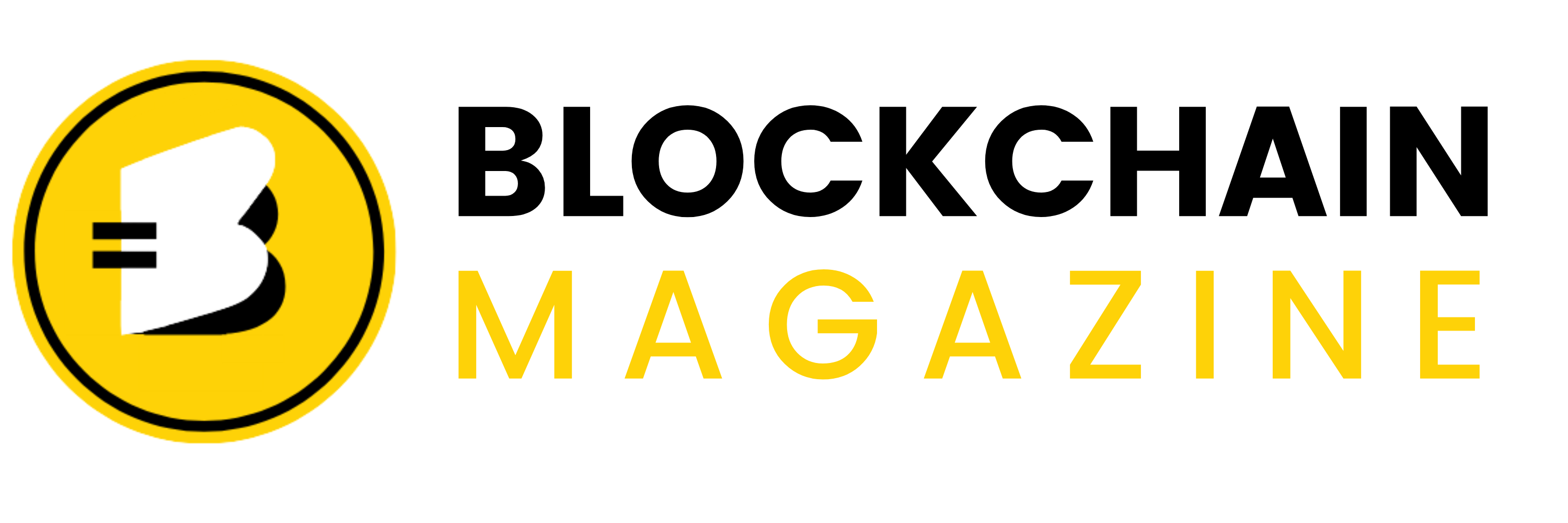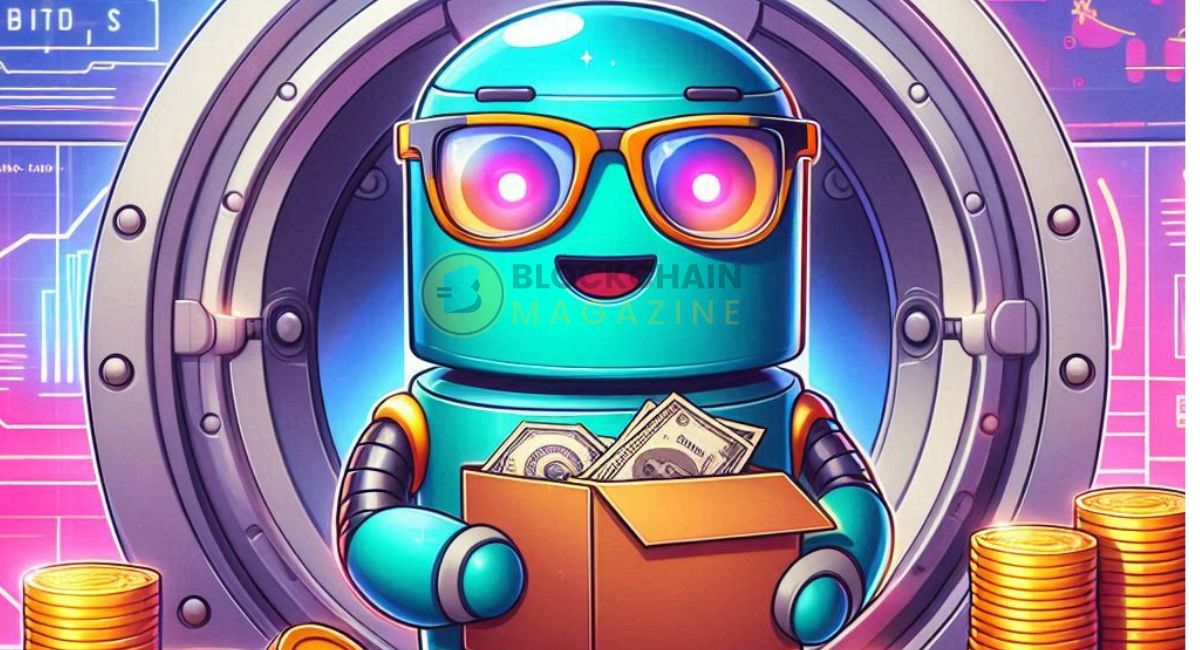Real-world Asset Tokenization – The Movement Towards Tokenizing Traditional Assets In 2025
The tokenization of real-world assets (RWAs) is a groundbreaking concept within the blockchain space that aims to bring traditional asset classes—like real estate, commodities, and stocks—onto the blockchain. This process involves converting ownership of physical assets into digital tokens that can be bought, sold, and traded in decentralized markets. Through blockchain technology, tokenized assets become more liquid, accessible, and transparent, allowing for fractional ownership and simplifying the process of transferring ownership.
While tokenization has been a buzzword in blockchain and finance, it has gained serious momentum in recent years with the introduction of innovative projects such as RealT, which specializes in tokenizing real estate, and the growing interest in tokenized bonds. This article explores the trend of tokenizing traditional assets, the technology behind it, the benefits and challenges of this shift, and the projects leading the charge in this space.
Key Highlights
- What is Asset Tokenization? Tokenization refers to the process of creating a digital representation (token) of a physical asset on the blockchain, making it tradable and divisible.
- Real Estate Tokenization: Projects like RealT are making real estate more accessible by allowing fractional ownership through tokenization.
- Tokenized Commodities: The potential to tokenize assets like gold and oil is driving the demand for tokenized commodities, enhancing liquidity and lowering entry barriers.
- Tokenized Stocks: Tokenizing stocks and equity provides investors with fractional ownership, opening up the stock market to a broader audience.
- Benefits of Tokenization: Increased liquidity, fractional ownership, greater access for smaller investors, transparency, and efficiency in trading.
- Challenges and Risks: Regulatory hurdles, market adoption, technical issues, and security concerns.
What is Asset Tokenization?
Asset tokenization is the process of converting real-world assets into digital tokens that exist on a blockchain. These tokens are essentially smart contracts that represent ownership of a particular asset, whether it’s a piece of real estate, a commodity, or even company shares. By leveraging the power of blockchain technology, tokenized assets are made tradable and secure, enabling them to be bought, sold, or transferred digitally.
The rise of decentralized finance (DeFi) and the growing demand for digital assets have further accelerated the push for tokenization. Traditional financial systems have typically been closed, slow, and prone to middleman interference, but tokenization offers a decentralized and transparent way to manage assets, reducing the friction and inefficiencies inherent in traditional processes.
The tokenization process can be broken down into a few simple steps:
- Digitization: The physical asset is mapped onto the blockchain, often in the form of a unique token.
- Smart Contracts: These tokens are governed by smart contracts, which dictate the terms of ownership, rights, and distribution of profits.
- Fractionalization: Tokenization often allows for the fractionalization of assets, meaning that investors can own portions of high-value assets instead of needing the entire capital required to purchase them.
- Trading: These tokens can be traded or transferred on digital asset exchanges, further enhancing liquidity and access.
Real Estate Tokenization: RealT and Beyond
Real estate is one of the most significant asset classes to benefit from tokenization, as it traditionally requires large capital investments and can be difficult to trade. The tokenization of real estate through blockchain is transforming how people invest in property and is opening up opportunities to a much wider pool of investors.
RealT, a project specializing in real estate tokenization, allows investors to purchase tokenized fractions of real estate properties. By doing so, RealT facilitates the acquisition of properties without requiring investors to hold the entire asset or take on the full financial burden.
How RealT Works
RealT uses blockchain technology to create and issue security tokens backed by real estate properties. These tokens represent a share of the property, granting token holders fractional ownership. RealT focuses on U.S. real estate, offering properties in key cities that generate income through rent.
- Ownership: Token holders have legal ownership rights to the property, including rental income distributions, which are paid out in cryptocurrency (usually USDC or ETH).
- Fractional Ownership: Investors can own as little as 1% of a property, making real estate investment more accessible and less capital-intensive.
- Transparency and Efficiency: All transactions are recorded on the blockchain, ensuring transparency, traceability, and reducing the need for intermediaries. This leads to lower costs and faster transactions.
RealT’s approach democratizes real estate investing, allowing individuals to participate in a market traditionally reserved for the wealthy. By tokenizing properties, it reduces the barriers to entry and enables a global investor base to take part in the ownership of real estate.
Tokenizing Commodities: Gold, Oil, and Other Assets
Tokenizing traditional commodities, such as gold, oil, and agricultural products, is also a growing trend. Commodities have always been an essential part of the global economy, but they are often difficult to trade due to geographical barriers, regulatory challenges, and physical storage concerns. Blockchain-based tokenization can solve many of these problems, making commodities more accessible and tradeable.
For example, tokenized gold allows investors to own a piece of the precious metal in digital form without the need to physically store or manage the asset. Projects like Tether Gold (XAUT) and Paxos Gold (PAXG) have emerged as leaders in this space, offering gold-backed tokens that are fully redeemable for physical gold. These tokenized gold products allow users to buy, sell, or transfer gold with ease, offering increased liquidity and lower barriers to entry.
Similarly, tokenizing oil and other commodities can create new ways for investors to gain exposure to these markets, which were previously inaccessible to the average individual. Tokenized commodities provide a mechanism for fractional ownership, creating a more dynamic and liquid market for these traditionally illiquid assets.
Benefits of Tokenizing Commodities
- Increased Liquidity: Tokenized commodities can be traded on global digital exchanges, offering instant liquidity and faster settlements.
- Fractional Ownership: By dividing commodities into tokens, it allows smaller investors to buy fractions of high-value assets.
- Transparency and Traceability: Blockchain technology ensures transparent and tamper-proof records of ownership, which builds trust among market participants.
Tokenized Stocks: The Future of Equity Trading
The tokenization of stocks represents one of the most disruptive trends in the financial markets today. By tokenizing company shares, businesses can give investors the ability to own fractions of stocks, democratizing access to equity markets. This is particularly significant because traditional stock markets require investors to buy whole shares, which can often be prohibitively expensive for smaller investors.
Tokenized stocks can be traded 24/7 on blockchain-based exchanges, unlike traditional stock markets that operate on set hours. These tokenized stocks represent a legal claim to real equity shares and can be exchanged directly on decentralized exchanges (DEXs) or peer-to-peer networks, bypassing traditional intermediaries like brokers or banks.
Examples of Tokenized Stocks
- Frax ETH (Frax Finance): Frax ETH tokenizes staked Ether on the Ethereum blockchain, allowing users to earn staking rewards while maintaining liquidity.
- Synthetix: Synthetix is a decentralized platform that enables the creation of synthetic assets, which can include tokenized stocks, commodities, and currencies.
Tokenized stocks provide significant advantages, such as:
- Fractional Ownership: Investors can own a fraction of a company’s stock without needing the full capital required for a single share.
- 24/7 Trading: Tokenized stocks can be traded at any time on blockchain-based exchanges, enabling global access to markets.
- Lower Fees: Without the need for intermediaries, tokenized stock trading can reduce transaction fees significantly.
The Benefits of Real-World Asset Tokenization
Tokenizing traditional assets offers several key advantages that can transform investment landscapes across industries:
1. Increased Liquidity
One of the biggest advantages of tokenization is liquidity. Tokenized assets can be traded 24/7 on decentralized exchanges or peer-to-peer platforms, allowing for greater flexibility and access. This is particularly beneficial for assets like real estate, which are traditionally illiquid.
2. Fractional Ownership
Tokenization enables fractional ownership of high-value assets. This lowers the barriers to entry for small investors and opens up markets that were previously inaccessible to them. For example, investors can now own fractions of a multi-million-dollar property or shares in tokenized commodities like gold or oil.
3. Transparency and Security
Blockchain’s inherent transparency ensures that all transactions are publicly verifiable, reducing the likelihood of fraud or manipulation. The immutability of blockchain also guarantees that ownership records cannot be altered, creating a more secure investment environment.
4. Global Access
Tokenized assets can be traded globally, removing geographical barriers that often limit market access. Investors from anywhere in the world can participate in markets that were previously dominated by local or institutional investors.
Challenges and Risks of Tokenization
While the benefits of asset tokenization are numerous, several challenges and risks need to be addressed:
- Regulatory Hurdles: Regulatory uncertainty remains a significant obstacle for asset tokenization. Different jurisdictions have varying laws around securities, making it challenging for tokenized assets to be universally accepted.
- Adoption: Tokenization requires a shift in mindset from traditional financial systems, and widespread adoption of blockchain technologies in finance will take time.
- Security Concerns: While blockchain is secure, the platforms that facilitate tokenized asset trading may be vulnerable to hacks, and ensuring proper security standards is essential.
- Market Volatility: The volatility of cryptocurrencies can lead to fluctuations in the value of tokenized assets, potentially making it difficult to predict returns for investors.
Also, read – Best Ways NFTs Are Powering Real-World Asset Tokenization in 2024
Conclusion
Real-world asset tokenization is a transformative force in the world of finance and investment. By leveraging blockchain technology, tokenized assets like real estate, commodities, and stocks are becoming more accessible, liquid, and secure. Projects like RealT and the growing interest in tokenized bonds are laying the foundation for a new era of fractionalized ownership, which could democratize access to high-value assets for investors across the globe.
However, tokenization also faces challenges, particularly around regulation, security, and market adoption. As the industry matures and blockchain technologies become more mainstream, these obstacles may be overcome, unlocking vast new opportunities for investors and asset owners. The future of asset tokenization looks promising, and it could very well reshape the way we invest in and interact with traditional assets.
Stay informed with daily updates from Blockchain Magazine on Google News. Click here to follow us and mark as favorite: [Blockchain Magazine on Google News].
Get Blockchain Insights In Inbox
Stay ahead of the curve with expert analysis and market updates.
latest from tech
Disclaimer: Any post shared by a third-party agency are sponsored and Blockchain Magazine has no views on any such posts. The views and opinions expressed in this post are those of the clients and do not necessarily reflect the official policy or position of Blockchain Magazine. The information provided in this post is for informational purposes only and should not be considered as financial, investment, or professional advice. Blockchain Magazine does not endorse or promote any specific products, services, or companies mentioned in this posts. Readers are encouraged to conduct their own research and consult with a qualified professional before making any financial decisions.

 Bitcoin
Bitcoin  Ethereum
Ethereum  Tether
Tether  XRP
XRP  Solana
Solana  Dogecoin
Dogecoin  USDC
USDC  Lido Staked Ether
Lido Staked Ether  Cardano
Cardano  TRON
TRON  Avalanche
Avalanche  Wrapped stETH
Wrapped stETH  Chainlink
Chainlink  Toncoin
Toncoin  Sui
Sui  Wrapped Bitcoin
Wrapped Bitcoin  Shiba Inu
Shiba Inu  Hyperliquid
Hyperliquid  Stellar
Stellar  Polkadot
Polkadot  Hedera
Hedera  WETH
WETH  Bitcoin Cash
Bitcoin Cash  LEO Token
LEO Token  Uniswap
Uniswap  Litecoin
Litecoin  Pepe
Pepe  Wrapped eETH
Wrapped eETH  NEAR Protocol
NEAR Protocol  Ethena USDe
Ethena USDe  USDS
USDS  Aptos
Aptos  Internet Computer
Internet Computer  Aave
Aave  Cronos
Cronos  POL (ex-MATIC)
POL (ex-MATIC)  Ethereum Classic
Ethereum Classic  Mantle
Mantle  Render
Render  WhiteBIT Coin
WhiteBIT Coin  Monero
Monero  Dai
Dai  MANTRA
MANTRA  Bittensor
Bittensor  Artificial Superintelligence Alliance
Artificial Superintelligence Alliance  Arbitrum
Arbitrum  Filecoin
Filecoin 



